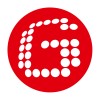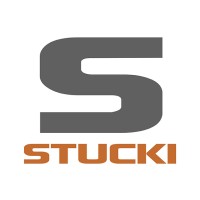
Form - Thermit
Form-Thermit, spol s r.o. is part of the Goldschmidt Group. Goldschmidt is a family-owned group of companies operating worldwide in the field of rail infrastructure. Together with our customers and partners, we are shaping the rail-bound mobility of tomorrow with products and services for the joining of rails, modern construction of railway tracks as well as inspection and maintenance of track infrastructure. Since the invention of the Thermit® process by Hans Goldschmidt in 1895, we have been a pioneer in the field of rail joining. Today, trains and railways of all kinds worldwide run on continuously welded tracks from Goldschmidt. This is because our Original Thermit® welding process enables an excellent connection of almost every type of rail. The smart inspection solutions from Goldschmidt enable a detailed diagnosis of the track condition as the basis for predictive maintenance – for sustainably economical and reliable track infrastructure and rail vehicles. We also set standards in the area of maintenance: With advanced products, digital solutions and proven services from worldwide project experience, Goldschmidt restores rail networks to top condition. By working closely with our customers on new developments, we gain important insights to refine and optimise them. This is how we develop products and services that offer real solutions. Whether rail network operators, track construction and railway companies or municipal transport companies - our customers can always count on us. With worldwide production, service and sales locations, products and services are available locally, as is the support of local contacts.






